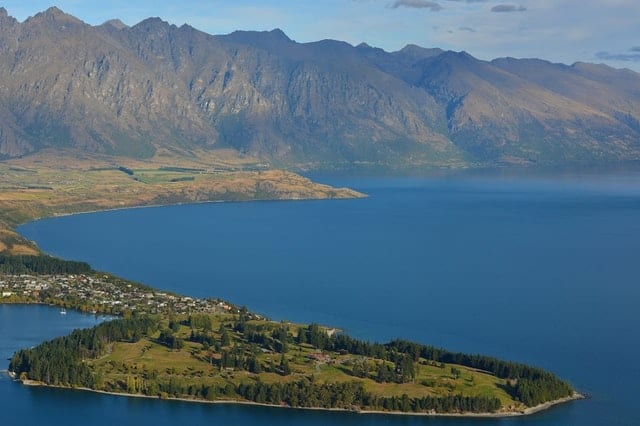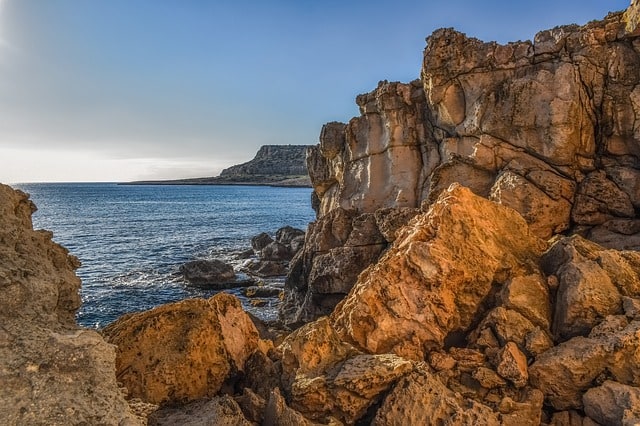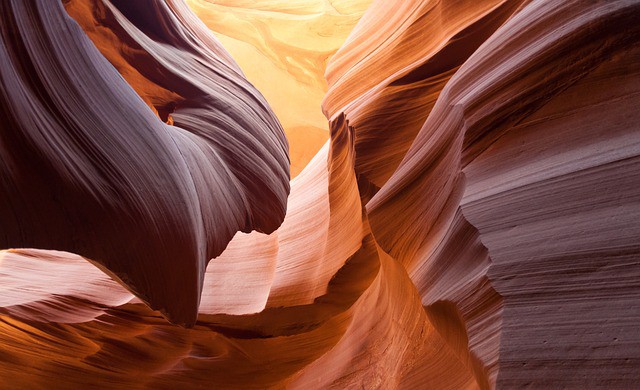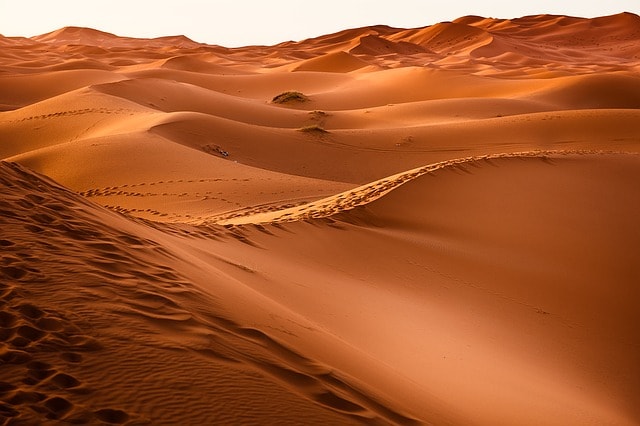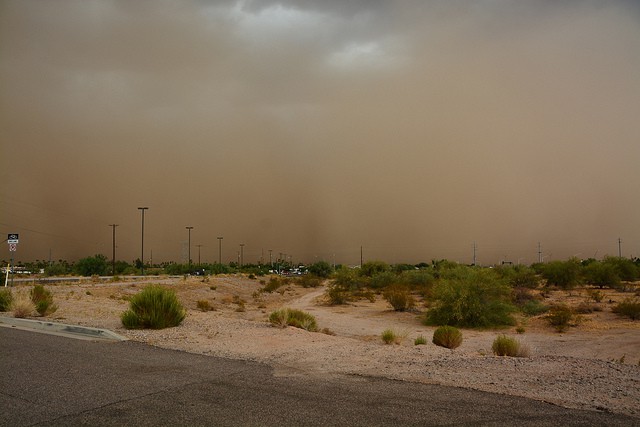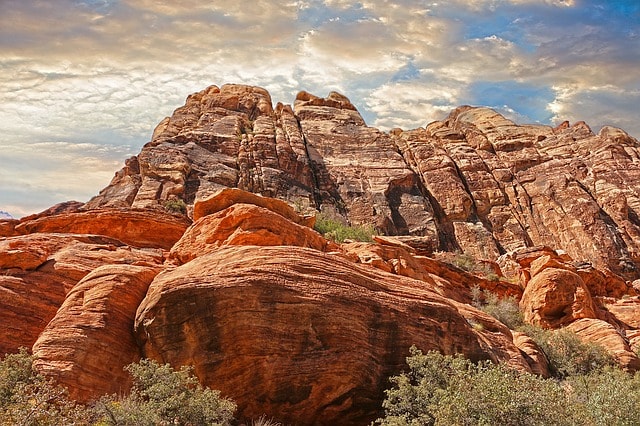Geosphere: Importance, Parts and Examples of Geosphere
Although it’s not possible to define a natural phenomenon as vast as Geosphere in a single sentence, all the reliable dictionaries define Geosphere in their own way. Geosphere is nothing but the rock-hard outer covering along with the internal crust of the Earth. However, the United States Geological Survey or USGS defines Geosphere in another…



